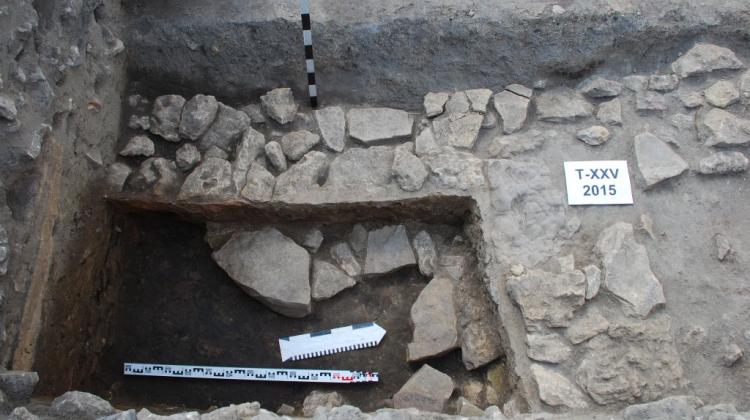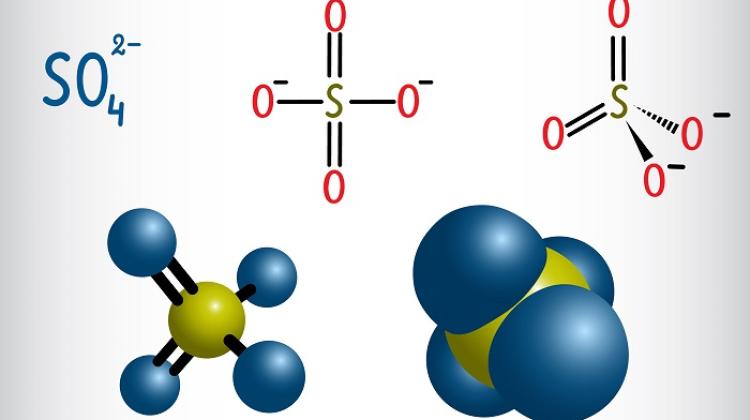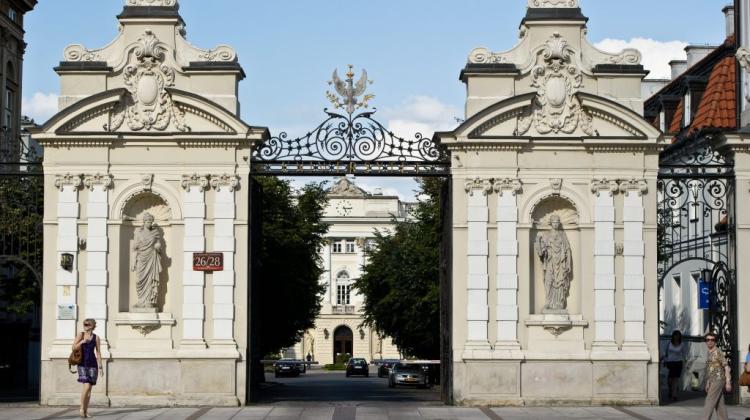Poles study ancient Greek colony of Tanais
 Photo: Fotolia
Photo: Fotolia
The ancient city dating back more than 2,000 years, located in today’s Russia at the mouth of the River Don to the Azov Sea, is being studied by the expedition of the Antiquity of Southeastern Europe Research Centre of the University of Warsaw. It is the only Polish permanent archaeological mission working in the country.
Researchers returned from studies of one of the most remote Greek colonies in August, but only now they were able to complete the necessary analyses that allowed to draw conclusions about the purpose and age of many finds. Among the most interesting discoveries they named portion of the embankment reinforced with a layer of large, uncut stones.
"Absolute dating of the structure raises a number of difficulties. Stone reinforcement was covered with an artificial layer constituting the crown of the ramparts. Archaeological material discovered in the course of research is, however, chronologically uneven - said Dr. Marcin Matera from the Institute of Archaeology of the University of Warsaw, leader of the expedition. - Stratigraphy of this part of the excavation shows, however, that the embankment was built after the conquest of Tanais by Polemon". Polemon was a king of Bosphorus, who ruled in the late first century BC.
During this research season, Polish expedition also managed to discover two rooms of a dwelling dated to the Hellenistic period. The walls of one of them were covered with clay plaster.
"This is an important achievement. So far this is only the second case of plastered room discovered in Tanais" - noted Dr. Matera. The first room with plaster traces was discovered in 2007, also by archaeologists from the University of Warsaw.
University of Warsaw expedition conducts excavations in the western part of the ancient Tanais since 1996. So far, they have discovered over 1000 m2 of rooms with remains of architecture. The most important discoveries made by Polish archaeologists include a unique defence system of the western gates of the city, established in the Hellenistic period and rebuilt, probably at the beginning of the first century BC, i.e. during the reign of Mithridates VI of Pontus in the Kingdom of Bosphorus, monumental residential building and urban development adjacent to the fortification.
Until recently, scientists believed that the western part of Tanais was completely abandoned by residents after the city was captured by the Bosporan king Polemon I. Its territory was supposed to be only used as a waste disposal site and the site of children necropolis. Over the last three seasons of excavation, Poles managed to uncover the remains of evidence of the continuation of residential function of this part of town until the late 80s in the first century AD. This year\'s excavation campaign brought further evidence to support this theory.
Tanais was probably founded by Greek settlers in the early third century BC. It was situated at the border of ancient civilization and steppe tribes. Mighty fortifications of Tanais were supposed to protect against incoming waves of nomads from the east. The city was by Strabo, writing about its devastation by Polemon at the end of the first century BC. Revival of Tanais came at the end of the first century AD. After two hundred years, the city completely fell into decline after the invasion of Sarmatians or Goths.
Research in Tanais, which took place in June and July, involved scientists from the Institute of Archaeology of the University of Warsaw, the Antiquity of Southeastern Europe Research Centre UW, and the Museum-Reserve Tanais. The Polish research team was part of the Russian Archaeological Expedition in Museum-Reserve Tanais, led by Dr. Sergei Ilyashenko. Their work was funded by a grant from the National Science Centre, with the support of the University of Warsaw.
PAP - Science and Scholarship in Poland
szz/ agt/ zan/
tr. RL
Przed dodaniem komentarza prosimy o zapoznanie z Regulaminem forum serwisu Nauka w Polsce.


















